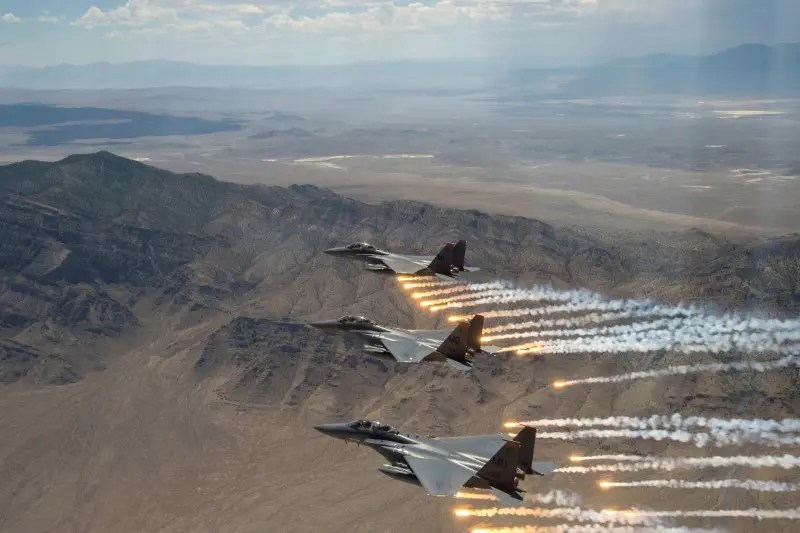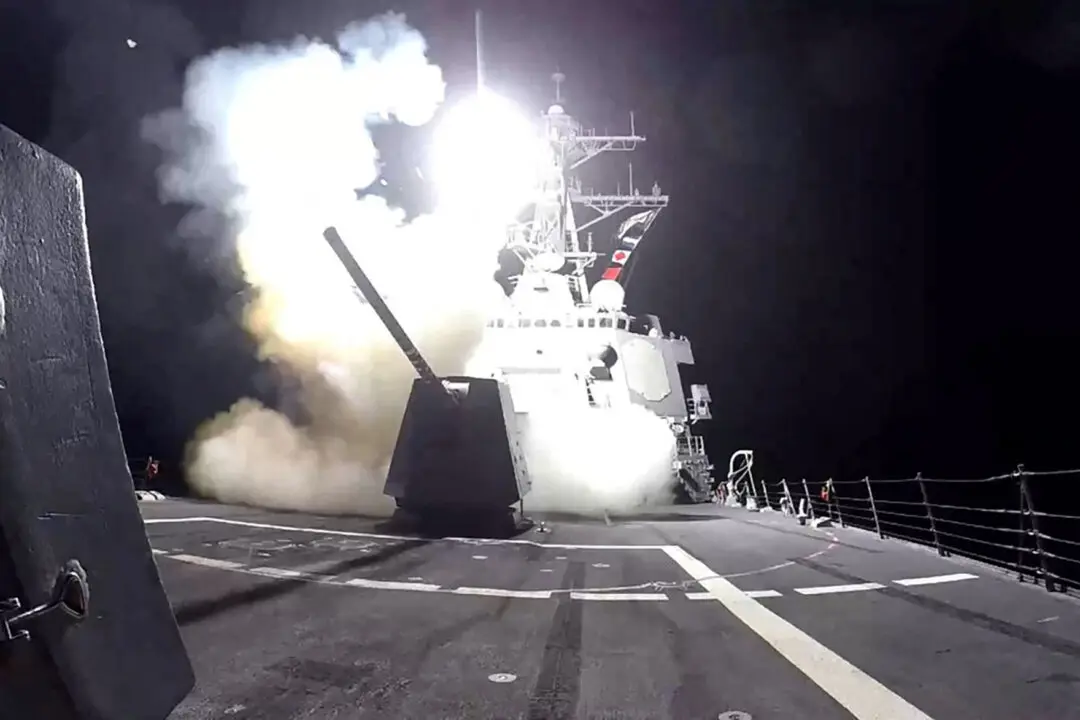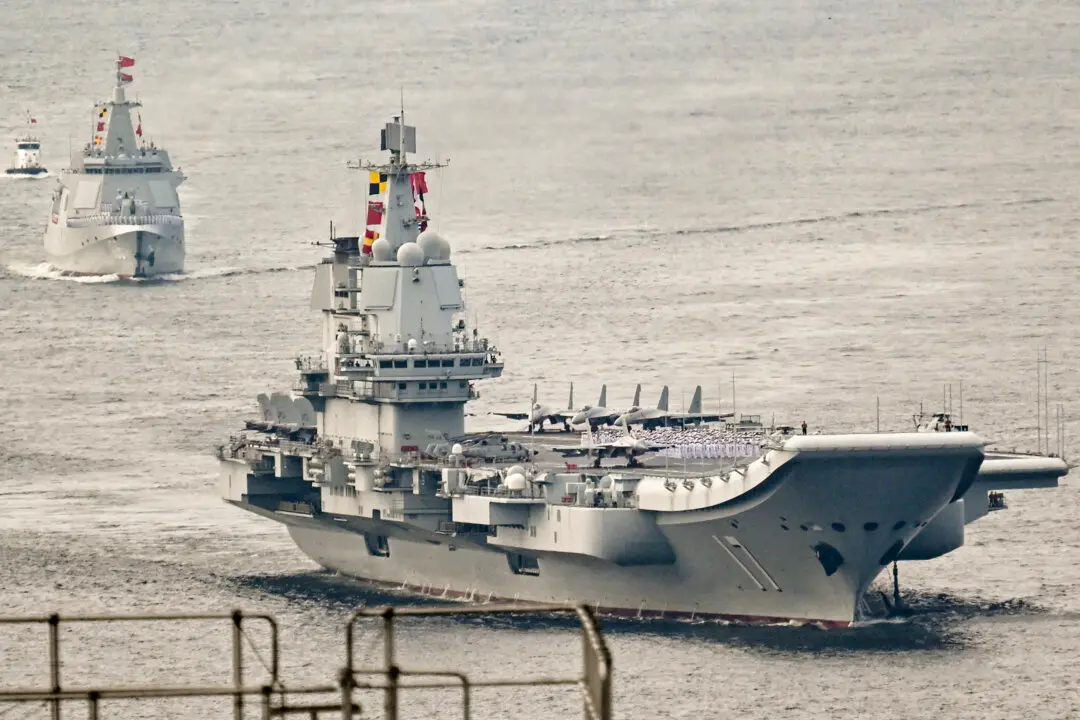The Pentagon is collaborating with Elon Musk’s company SpaceX to explore the possibility of using the company’s rockets to drop troops and equipment into global flashpoints.
The military’s work with the private aerospace company covers a wide array of research initiatives, according to a partially redacted research agreement originally obtained by The Intercept via a Freedom of Information Act request and made public on June 19.




